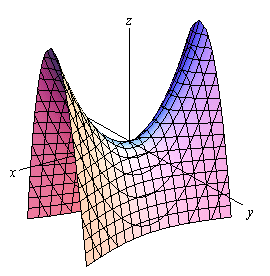THE NANOTECHNOLOGY
What is Nanotechnology?Nanotechnology is the study and application of extremely small things. It can be used across all the other science fields, such as chemistry, biology, physics, materials science, and engineering. Nanotechnology conducted at the nanoscale, which is about 1 to 100 nanometers. For example; a sheet of newspaper is about 100,000 nanometers thick.
The ideas and concepts behind nanotechnology started with a talk entitled “There’s Plenty of Room at the Bottom” by physicist Richard Feynman at an American Physical Society meeting at the California Institute of Technology on December 29, 1959, long before the term nanotechnology was used. Later in 1981, with the development of the scanning tunneling microscope that could "see" individual atoms, that modern nanotechnology began. Nanotechnology involve the ability to see and to control individual atoms and molecules. The microscopes needed to see things at the nanoscale were invented relatively recently—about 30 years ago. Once scientists had the right tools, such as the scanning tunneling microscope (STM) and the atomic force microscope (AFM), the age of nanotechnology was born.
Everything on Earth is made up of atoms, our own bodies, the
food we eat, the clothes we wear, and houses we live in.
Today's scientists and engineers around the world are
finding a wide variety of ways to deliberately make materials at the nanoscale
to take advantage of their enhanced properties such as higher strength, lighter
weight, increased control of light spectrum, and greater chemical reactivity
than their larger-scale counterparts. The Nanotechnologies are even used in
tennis balls and golf balls for flying straighter. In electronic items like
MOSFET they are used in small nanowires that are having the longest ~10 NM.
Many cars are manufactured using nanomaterials so the stability of the car is
maintained. When using this technology they only require less fuel and the
usage of lesser metals for manufacture in the future. The Chips based on the
Nanotechnology are used in the personal computers and in other electronic
system that make the items faster, larger size memory with the reduced size and
becomes cheaper. The medical applications that are existing could be cheaper if
the Nanotechnology is used for these applications.
Many countries are investing billions of dollars in the
research as wide potential applications such as in military and industries. As
they also have a wide application in the fields like electronics, medicine,
many energy production and in biomaterials. The Nanotechnologies also helps in
the treatment of wastewater, groundwater and in the surface water which
contains metal ions, organic solutes, inorganic solutes and various other
microorganisms that are toxic to human health.













